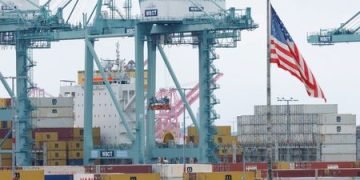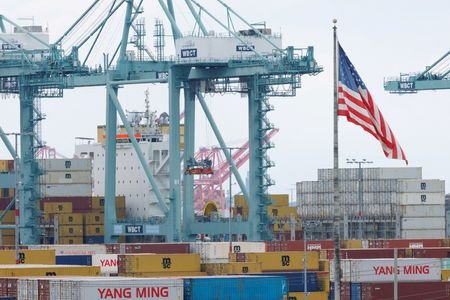The U.S. Trade Representative’s office has opened the door to a possible suspension of the port fees applied to China-linked vessels, a move that could take some heat out of one of the more contentious chapters in U.S.–China trade relations.
Officials confirmed late Friday that the USTR has invited public comments on the proposal, giving industry players until November 7 to weigh in before a final decision expected within days. If approved, the measure would take effect around November 10, temporarily lifting the surcharges introduced earlier this year under Section 301 investigations.
The goal, according to trade sources in Washington, is twofold: to defuse political friction while assessing how the fees have impacted supply chains, shipping schedules, and consumer prices. The move reflects growing pressure from U.S. importers and logistics groups who argue that the tariffs have raised costs without significantly altering trade behavior.
“Every extra fee at the port ends up on someone’s invoice,” said one shipping executive involved in the consultation. “The market’s already paying a premium on uncertainty — we don’t need more of it.”
For carriers and shippers operating across the Pacific, the prospect of a pause offers a welcome breather. The surcharges, which added several hundred dollars per call to vessels associated with Chinese ownership or registries, have rippled through rate negotiations and complicated routing choices.
A suspension, even temporary, could ease congestion on West Coast terminals and improve vessel scheduling for the peak winter season. Yet industry analysts caution that the move doesn’t resolve the deeper geopolitical rivalry shaping maritime trade. “This is a tactical timeout, not a peace treaty,” one observer in Singapore noted.
The Biden administration’s economic team has framed the review as part of a broader recalibration of trade measures inherited from previous policies. Whether the fees are reinstated or scrapped altogether will depend on the outcome of this consultation and on how both capitals handle upcoming bilateral talks.
For now, logistics planners are watching closely — a simple administrative decision in Washington could redraw rate sheets and routing maps across the trans-Pacific corridor within weeks.






















